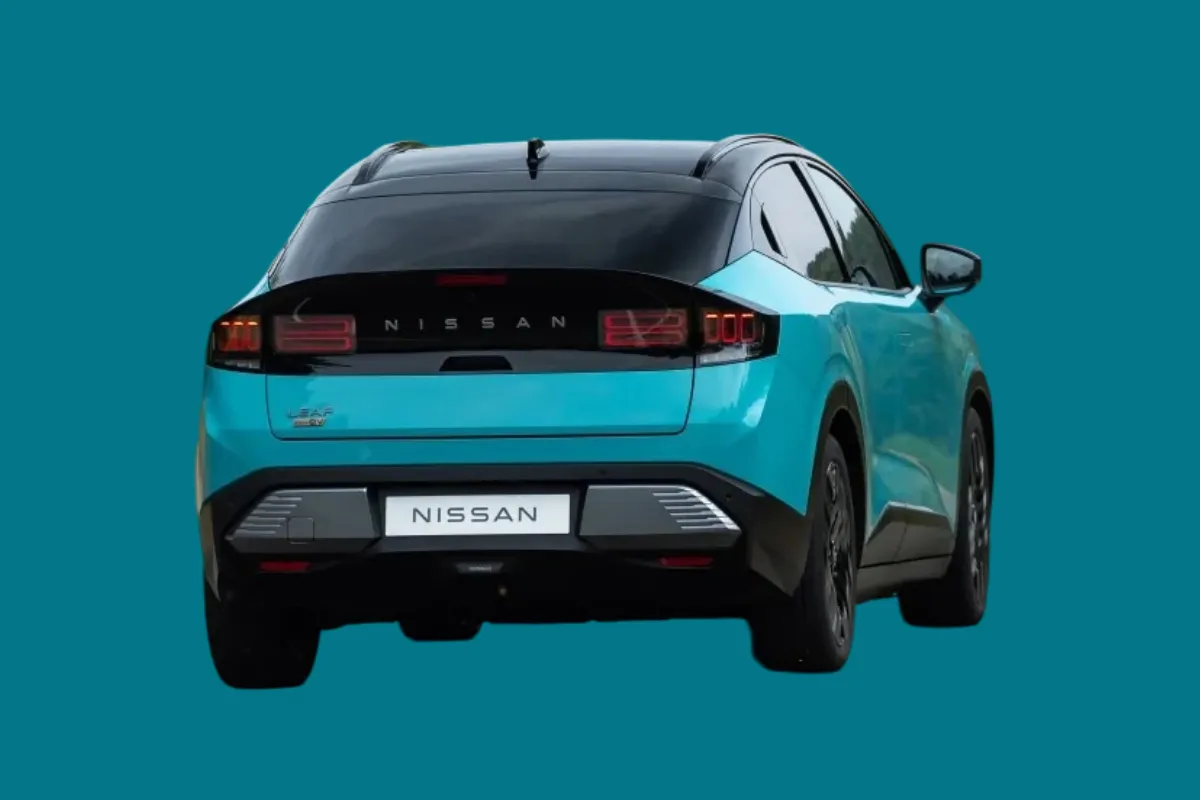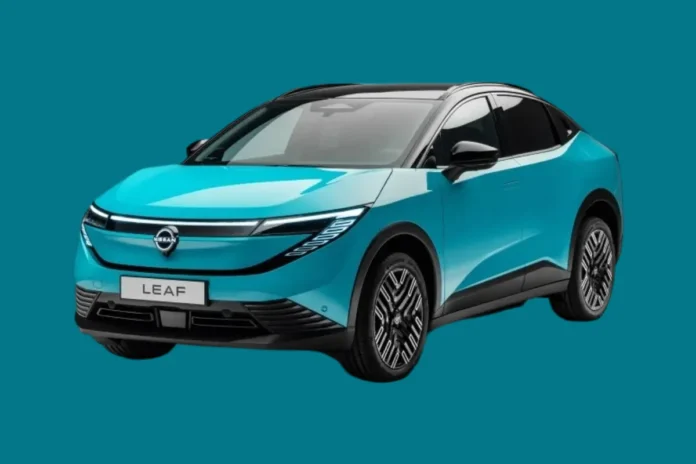Nissan Leaf: In 2010, Nissan made history with the launch of the Leaf, the world’s first mass-market electric vehicle. Spearheaded by then-CEO Carlos Ghosn, the Leaf was a bold statement of Nissan’s commitment to sustainable mobility. With a $4 billion investment, the company overcame industry skepticism to deliver a vehicle that offered a 73-mile range from its 24kWh air-cooled battery. While modest by today’s standards, this range was groundbreaking at the time, making electric driving accessible to everyday consumers.
The Leaf quickly became a global success, selling over 650,000 units by 2025, including 150,000 in the US, and earning accolades such as the European Car of the Year 2011 and World Car of the Year 2011. Its success positioned Nissan as a pioneer in the EV market, rivaling the Toyota Prius in the eco-friendly vehicle segment and setting a new standard for zero-emission transportation.
Technological and Strategic Missteps
Despite its early triumphs, Nissan faced significant challenges that eroded its lead. The Nissan Leaf’s air-cooled battery technology was a critical limitation. Unlike competitors like Tesla, which adopted liquid-cooled batteries with advanced NMC and LFP chemistries, Nissan’s batteries suffered from limited range and faster degradation. Studies indicate that early Nissan Leaf models (2011-2016) retained only 83% of their range after five years, compared to 93% for the Tesla Model S and 78% for the BMW i3.
Internal turmoil further compounded these issues. The 2018 arrest of Carlos Ghosn for alleged financial irregularities triggered a leadership crisis and the dissolution of the Renault-Nissan Alliance. This period saw canceled investments in promising projects, including an electric Infiniti, a Nissan Leaf replacement, and updates to iconic models like the Z and GT-R. By the mid-2010s, Nissan’s focus shifted away from innovation, allowing competitors to surpass it in EV technology and market share.
The Competitive Landscape
Today, the EV market is fiercely competitive, with brands like Tesla, Hyundai, Kia, Chevrolet, and Volkswagen offering vehicles with longer ranges, faster charging, and advanced features. For example, the Hyundai Ioniq 5 and Kia EV6 boast ranges exceeding 300 miles and ultra-fast charging capabilities, while Tesla’s Model Y remains a benchmark for performance and technology. Nissan’s current lineup, including the Ariya, struggles to match these offerings, particularly in Europe and China, where demand for EVs is surging.
In the UK, where electrification is a priority, Nissan faces additional pressure to deliver vehicles that meet consumer expectations for range, affordability, and practicality. The lack of hybrid options in markets like the US further complicates Nissan’s strategy, as hybrids remain a popular transitional technology for many buyers.

The 2026 Nissan Leaf: A Bold Redesign
Recognizing these challenges, Nissan has introduced the third-generation 2026 Nissan Leaf, a significant departure from its predecessors. Now a compact SUV/crossover, the Nissan Leaf draws design inspiration from the Nissan Ariya, featuring a sleek profile, a 0.26 drag coefficient, and powered flush front door handles for improved aerodynamics. Its interior is equipped with dual 14.3-inch displays, offering seamless integration with Google Maps, Google Assistant, Android Auto, and Apple CarPlay, enhancing the user experience.
The 2026 Leaf’s technical specifications are a leap forward:
- Battery Options: A 75kWh battery provides an estimated 300-mile range, while a more affordable Nissan Leaf S variant offers a 52kWh battery (range TBD).
- Powertrain: A 160kW (214-hp) motor delivers 261 lb-ft of torque, with the Ascent and Descent Control for smooth handling.
- Charging: Supports 150kW fast charging (10-80% in 35 minutes) and uses the North American Charging Standard (NACS) for broader compatibility.
- Additional Features: Includes Vehicle-to-Load (V2L) capabilities for powering external devices and, in Japan, Vehicle-to-Home (V2H) functionality for home energy management.
| Nissan Leaf Generation | Launch Year | Battery Size | EPA-Estimated Range (miles) | Motor Power (kW) | Body Style |
|---|---|---|---|---|---|
| 1st Generation | 2010 | 24 kWh | 73 | 80 | Hatchback |
| 2nd Generation | 2017 | 40 kWh (30 kWh option) | 151 (107) | 110 (80) | Hatchback |
| 3rd Generation | 2026 | 75 kWh (52 kWh option) | 300 (TBD) | 160 (130) | Crossover |
This table illustrates the Leaf’s evolution, highlighting improvements in battery capacity, range, and power, as well as its shift to a crossover design to appeal to modern consumers.
Strategies for Nissan’s Revival
To reclaim its position as an EV leader, Nissan must adopt a multifaceted approach:
- Invest in Battery Technology: Developing next-generation batteries, such as solid-state technology, could provide longer ranges and faster charging, addressing consumer concerns about EV practicality.
- Empower Innovation: Nissan’s Atsugi research facility must be given the freedom to experiment and innovate, fostering the development of cutting-edge EV technologies.
- Strengthen Brand Identity: By leveraging the Nissan Leaf’s legacy and emphasizing electrification across its lineup, Nissan can reposition itself as a leader in sustainable mobility.
- Reinvigorate Corporate Culture: Encouraging calculated risk-taking and restoring confidence among engineers and designers will drive the creation of exciting, consumer-focused vehicles.
- Expand Market Offerings: Introducing compelling EV options across sedans, SUVs, and potentially hybrids for markets like the US will broaden Nissan’s appeal.
The Road Ahead
The electric vehicle market is evolving rapidly, and standing still is not an option. Nissan’s history of bold innovation, exemplified by the Nissan Leaf, Qashqai, Juke, and GT-R, provides a foundation for future success. However, the company must acknowledge past missteps and act decisively to address them. By investing in advanced technologies, empowering its talent, and embracing electrification as a commercial necessity, Nissan can reclaim its place at the forefront of the EV revolution. As the automotive industry shifts toward sustainability, Nissan’s ability to “dare again” will determine whether it can save itself and thrive in the UK and global markets.




